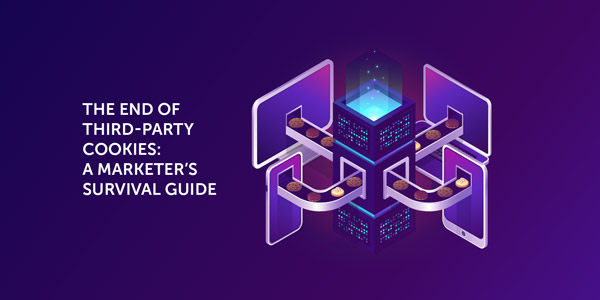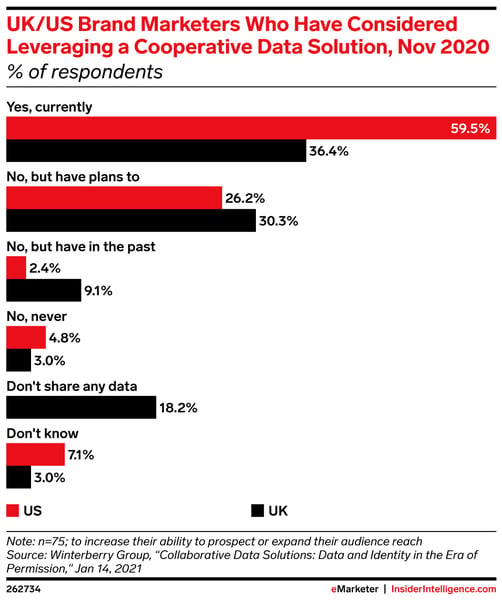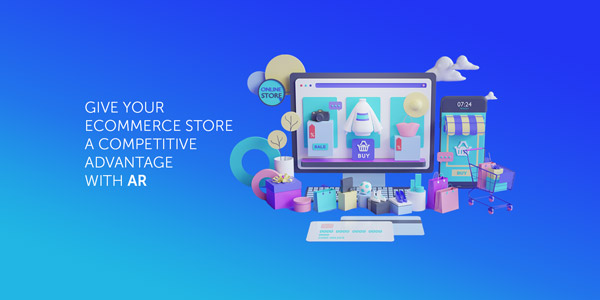Google's 2020 announcement to join Safari and Firefox and stop supporting the use of third-party cookies did not come as a surprise to anyone in the marketing world. Although the 25-year long affair empowered digital advertisers to achieve exceptional audience segmentation and attribution, it's clear the flame was about to fizzle out anyway.
The rising concern for lack of data transparency combined with consumers being bombarded with ads at every corner of the Internet they turn to is only one side of the story. Another issue with using third-party cookies was advertisers' inability to effectively track user activity across devices - a factor that only came to light in the past few years due to a significant increase in mobile website browsing.
It's not the end of the world for marketers though; in fact, it should be seen as an opportunity.
The Inevitable End of Third-Party Cookies
In all fairness, third-party cookies had it coming for them. Consumers do not appreciate being retargeted with intrusive and often irrelevant ads for items they previously viewed on the advertiser's site that clearly shows no activity of theirs goes unnoticed on the Internet. What's even worse is that the very tools that made leveraging third-party cookies possible in the first place also made it incredibly easy for personal data to be shared and even sold to third-party publishers without audiences' consent. And as if this wasn't enough, once consumers agree to cookie-based tracking, they have no means of controlling how their data is being used, let alone stopping companies from further distribution.
The only way for customers to fight back is to install an ad blocker which has seen a growing interest in the past decade, and currently, 47% of Internet users use some type of ad-blocking software: 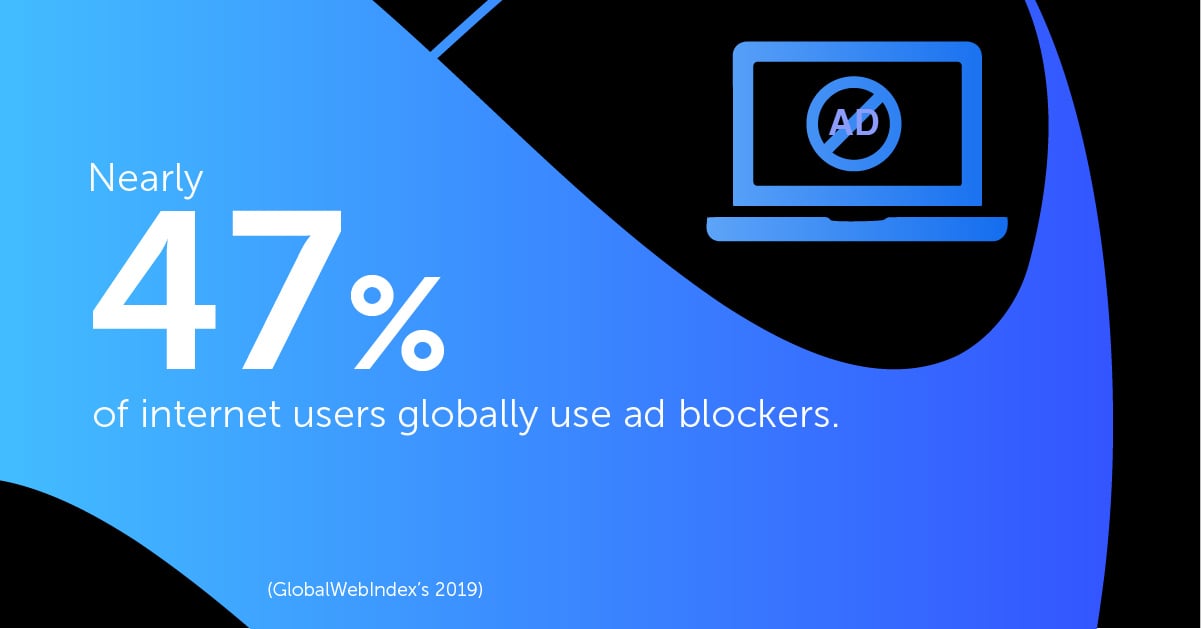
While a great solution to the consumer, the rise of ad blockers created another issue for the digital advertising ecosystem and publishers who rely on ads to generate their revenue (and in turn, support their content publishing efforts). According to Statista's report, the economic cost of ad blocking usage grew from $3.89 billion in 2016 to $12.12 billion in 2020.
The upcoming Apple’s iOS 14.5 update and its latest privacy feature that will require the smartphone user's consent to track personal data across all installed apps announced by iOS developer Benjamin Mayo only sealed third-party data's fate:
Something I hadn’t considered before: new beta includes a Item Safety setting in Find My. This is how Apple is trying to prevent 'stalking' with AirTags. If someone secretly hides a tag in your possessions, your phone will notice and warn you about it. pic.twitter.com/NVJyAZlthw
— Benjamin Mayo (@bzamayo) March 4, 2021
Although Chrome is the last browser to phase out the third-party cookies after Safari and Firefox, it's also the largest and responsible for just over a half of the global Internet traffic so that the blow could hit unprepared marketers twice as hard.
What's Next for Marketers
The end of third-party cookies doesn't mean the end of digital advertising - it simply means marketers and brands need to change their approach to consumer consent management and focus on restoring trust amongst their customers through meaningful brand-to-consumer interactions and meeting their targeted customers where they are. To help you better understand how advertising in the cookieless future will work, here are three things for you to consider:
Not all cookies are going away
Google is only planning on removing third-party cookies from Chrome; first-party cookies, which track user behavior on the publisher's domain aren't going anywhere just yet. First-party data includes information such as the user's login details or language preferences and provide insight that allows the brand to optimize the on-site customer experience for seamless browsing.
Publishers will be able to collect two types of first-party data: authenticated, when users willingly provide their personal information to the domain's owner and unauthenticated, which tracks basic on-site behavior. However, most Internet users won't be authenticated - eMarketer reports that we can only expect 5% to 30% of all website traffic to reveal their personal data voluntarily.
Of course, publishers will want as many of the website visitors to authenticate themselves to improve their personalization efforts, but it won't be as simple as asking for it -– publishers who are able to authenticate their users can provide insightful information to brands that enables them to market effectively.
For example, we recently launched our own AR Ad Network, a private marketplace of targeted audiences within our virtual and hybrid virtual experiences platform that were previously unattainable for many marketers and advertisers. The Ad Network platform leverages data we gather during our events to deliver timely and relevant ads that are non-intrusive and feel organic to the virtual event's participant.
Not only are our advertisers ads delivered to the right people at the right time, but the Augmented Reality angle is where the real value is at as AR is proving to be an extremely effective advertising medium: 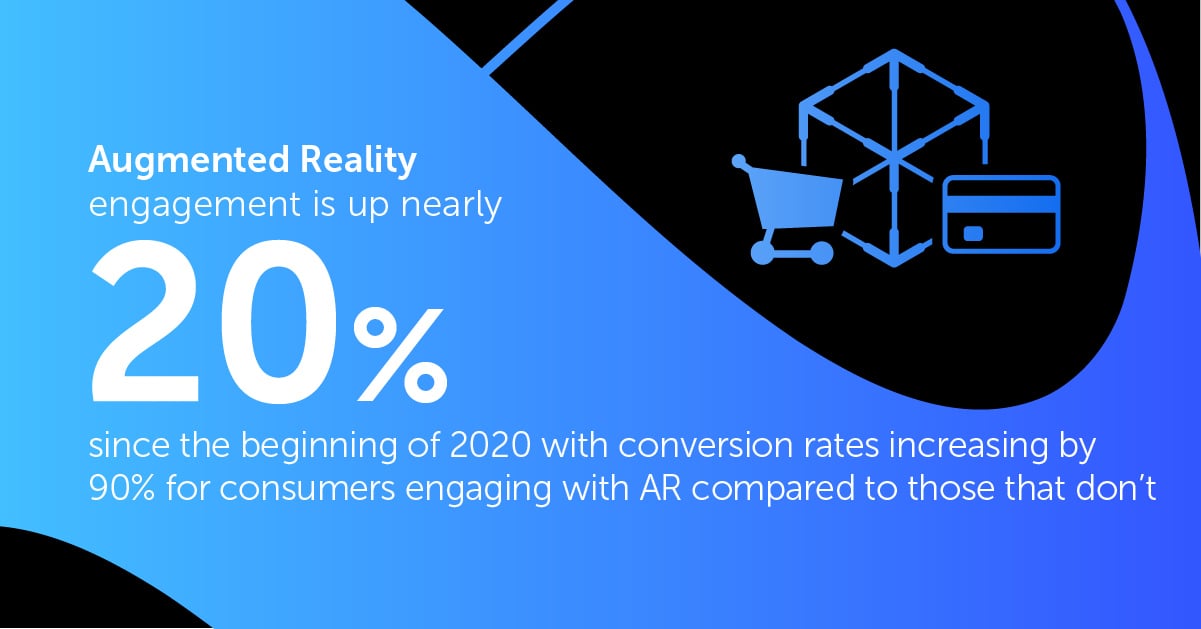
Finding authenticated users is going to be a premium asset and at the same time going to be very effective. Not all hope is lost on unauthenticated website traffic; publishers will still be able to gather rich insight that falls into the following categories:
- contextual which will reflect what content the user engaged with (for instance, most frequently viewed pages)
- behavioral that tracks user's on-site behavior such as site searches or items purchased as well as traffic source (email, social media)
- temporal which reflects the times or frequency of each website visit
- geolocation that informs the publisher about the user's location
Customer centricity will play a crucial role in the cookieless reality
Remember when we said brands will have to double down their authentication strategies to survive? Building a community around your brand and prioritizing meaningful consumer-to-brand interactions is certainly one of them. Never before have we felt this alone in a Hyper-connected world and unfortunately, a great deal of marketing communications are full of irrelevant, artificial claims that perceive their customers as data points with wallets instead of real people.
You see, people want personalized experiences. They want to hear about offers tailored to their needs and wishes. 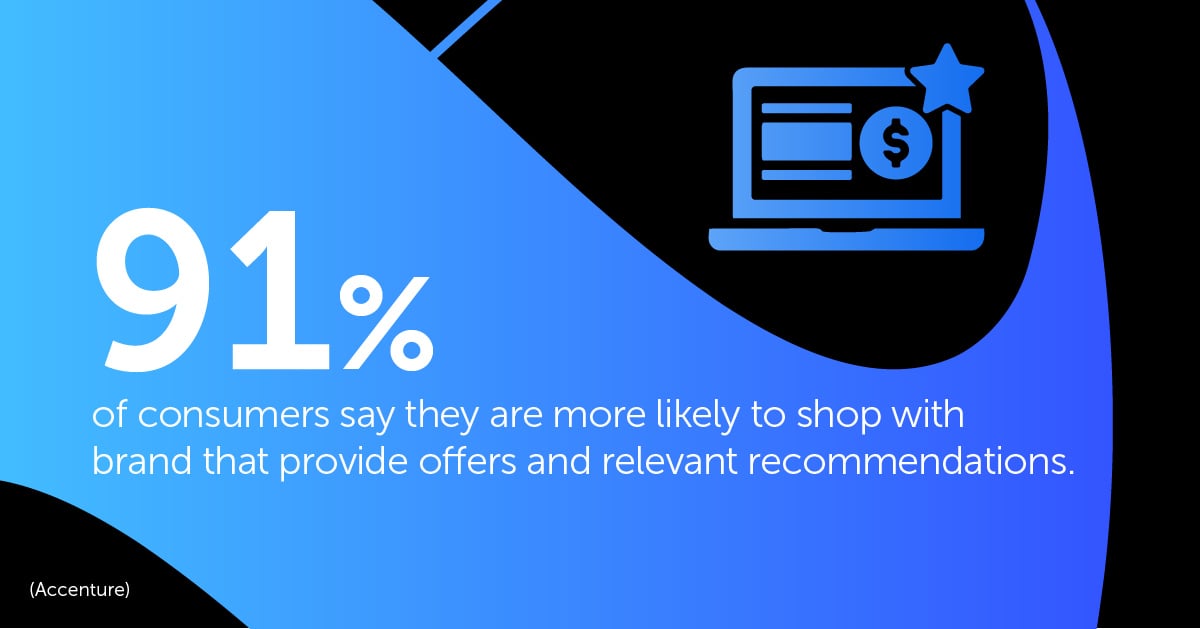
They just don't want brands to collect their data and never do anything with it which is essentially what's been happening - businesses collecting personal information in exchange for more personalized communications that is rarely delivered. So the current problem marketers face isn't about not having enough consumer data but rather not being able to utilize data they already have to its full extent.
Now is the time for brands to fully embrace the customer-centric approach. Meaningful and contextually relevant communications across all marketing channels and experiences, informed by accurate consumer insight, will help publishers restore trust and compel customers to want to share their personal data because it's finally beneficial for them too.
Data-sharing partnerships will grow
We've talked about first-party data and what opportunities it provides for publishers, let's now discuss another option for marketers to pursue that is second-party data partnerships. In the nutshell, brands that have gathered enough authenticated website visitors will be able to collaborate with publishers through trusted networks or direct relationships and scale their campaigns through lookalike modelling against the publisher's anonymous traffic.
Data-sharing partnerships are nothing new in the digital advertising landscape – the vast majority of today’s targeting data already comes from publishers; except now it’ll be delivered from direct sources without third-party involvement. Although it may seem as though other publisher’s consumer insight will have no correlation with a brand’s customer personas, you’ll find that their data points will give those brands a more comprehensive overview of audiences’ wider interests and motivators.
Are you ready for a cookieless future?
If you haven't already, it's crucial that you start looking for solutions to Google's end of third-party cookies initiatives soon. There's no telling which alternative will work best for your business model other than testing them all, and with less than 12 months to go until the cookieless future becomes our new advertising reality, there isn't much time left.
One thing for sure, we'll finally learn the true power of customer-centricity. It may come as a shock to some, but after years of questionable use of consumer data, brands will have no other choice but to put their customers first and provide digital experiences that serve their customers' needs above anything else.
Want to hear more about Nextech's AR Ad Network platform or find out how it works for yourself on a demo? Get in touch.


